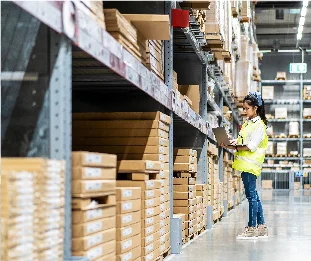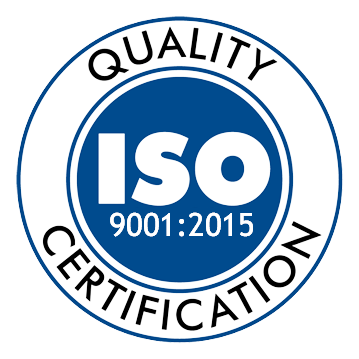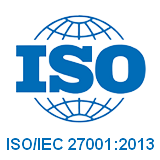Digital transformation for logistics industry
Flexible to every fluctuation, improving service speed, and promoting business activity to deliver a great experience for customers.
- Goods transportation
- Warehouse and inventory management
- Delivery services
- Reverse logistics
- Supply chain management
The specific challenges of the logistics industry and the output standards post-digital transformation
Difficulty/mission
- High operating costs and thin profit margins.
- Need for close cash flow management and facing pressure to reduce costs while freight rates, labor costs, and shipping costs fluctuate rapidly.
- Storage management assets—warehousing, car transportation, etc.- are complex.
The requirement is for results after digital transformation
- Automation is financial processes.
- Cash flow forecasting and cost optimization.
- Managing risks, analyzing operational efficiency, and providing decision support 24/7.
Difficulty/mission
- Diverse demands, the need for immediate support, and 24/7 multi-channel interaction.
- Customers constantly change their requests, from fast delivery to online ordering services.
The requirement is for results after digital transformation
- Chatbot consulting, support, ordering, customer care, and automatic complaint resolution.
- There is a sales analysis system, customer segmentation and behavior analysis, and trend prediction.
- Personalizing the customer experience.
Difficulty/mission
- Multi-site human resource management requires good employee experience.
- High resource volatility leads to high recruitment demand.
- Customer service needs to embody the company culture, so continuous training is necessary.
The requirement is for results after digital transformation
- Automating recruitment processes and evaluating candidate competencies.
- Online training, monitoring job effectiveness assessments, analyzing employee psychology, and predicting risks.
Difficulty/mission
- Service management encounters difficulties due to the complexity of processes and the necessity to ensure product and service quality and delivery time.
- High risk and high cost of risk mitigation.
The requirement is for results after digital transformation
- Managing service quality through the application of automation technology and artificial intelligence helps minimize incidents and enhance service reliability.
Solution for logistics industry digital transformation
from Lac Viet with partners
Solution for logistics industry digital transformation from Lac Viet with partners
Help businesses optimize their supply chain, capacity, and freight forwarders; provide online service diversity; enhance the customer experience; and ensure safety and regulatory compliance. Increase the ability to adapt to market changes and lay the foundation for sustainable development in the future.
Comprehensive enterprise management software
Digitization of documents (electronic documents, incoming and outgoing correspondence)
Collaboration tools, electronic signatures, and task management.
Real-time employee experience system
Management of candidate, customer, and supplier experience
Customer
(LV-DX CRM)
- Customer relationship management
- Manage orders
- Customer support chatbot
- Marketing automation management
- Social media management
- Promotion management
Financial
(LV-DX Accounting)
- Warehouse management
- Financial-Accounting management
- Electronic invoice
- Partner management
Human resources
(LV-DX People)
- HR software - Timekeeping
- Benefits management software
- Online training management
- Yield management - capacity
Service
(LV-DX Logictis)
- Software, transportation management (TMS)
- Software warehouse management (WMS)
- Supply chain management (SCM)
One integrated system - catering to all business transactions
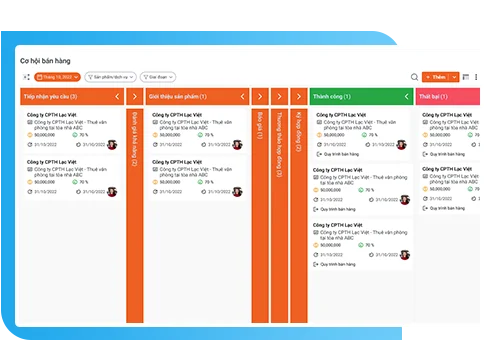
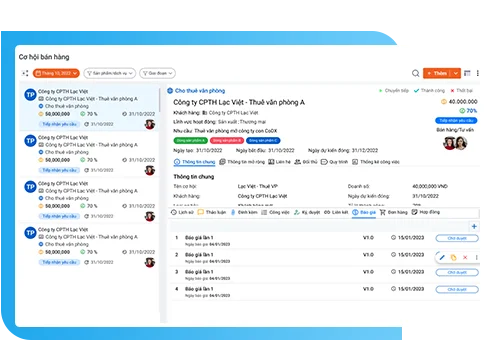
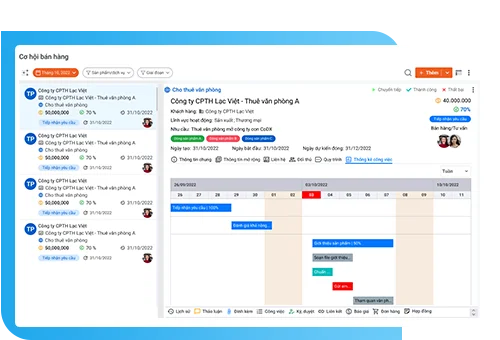
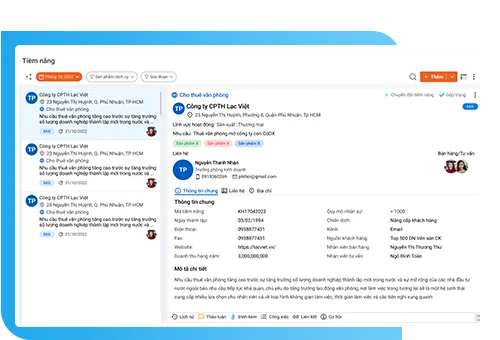
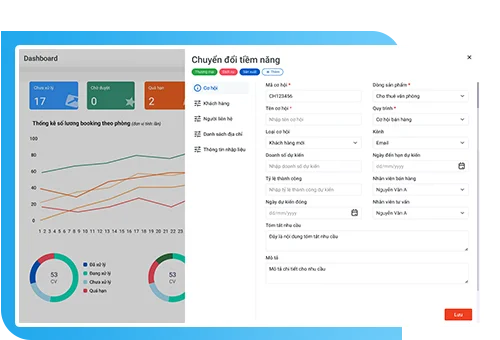
Data mining service or application
Data analytics system - Making data the central hub for management anytime, anywhere
Reports, statistics, data analysis, sales, customer, inventory,... track operational efficiency
Utilizing artificial intelligence applications such as Big Data, Deep Learning to mine digital data
Application in risk management (weather effects), forecast demand transportation according to the season/day,... route optimization, choosing suitable means, the revenue/ gross profit, net profit, by region, time. The price trend of raw materials, market and the competitors)
Transforming data into valuable assets that can be inherited.
Hệ thống thiết bị & giải pháp công nghệ chuyên dụng

Security Camera systems, DVR/NVR, motion sensor.

Barcode scanner, the computer, the system LED lights guide.
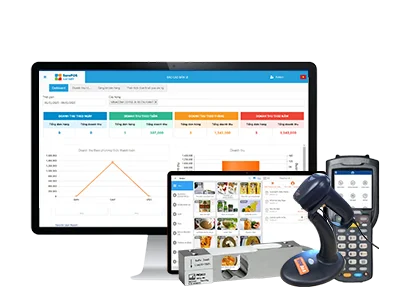
Weight sensor, barcode scanner, computer system

Temperature sensor, humidity sensor, light sensor, measuring device
Dịch vụ & thiết bị CNTT – Hạ tầng & phần mềm nền tảng
Thách thức, cơ hội & xu hướng phát triển ngành Logistics
According to Vietnam's Logistics Performance Index in 2022, the country was ranked 64th out of 160 nations, lower than Thailand (34), Malaysia (41), and Singapore (7).
In 2023, PwC Vietnam reported that 72% encountered difficulties in recruiting highly skilled personnel. According to SSI Research, in 2023, only 30% of logistics companies in Vietnam implemented digital technology into their operations.
The Vietnamese logistics market is projected to reach $42 billion by 2025. The demand for logistics services is increasing due to the development of e-commerce, import-export activities, and foreign direct investment (FDI). The state's 'Vietnam Logistics Development Strategy by 2025, Vision to 2035' includes numerous supportive policies for the sector.
Technologies such as AI, blockchain, IoT, etc. can help logistics businesses improve operational efficiency and reduce costs.
The whole world is undergoing a digital transformation. It's time for businesses to proactively adapt to the trend, seize opportunities, and overcome challenges.
Depending on the actual situation, we will advise businesses on selecting applications based on the digital transformation model that aligns with the strategy they need to implement, their readiness level, and the maturity of enterprise management in the proposed model.
Artificial intelligence applications necessary in the transformation of the Logistics industry
Lac Viet and its partners have been, are, and will continue to apply artificial intelligence to accelerate rapid digital, green, and sustainable transformation.
Big Data Analytics & Machine Learning
Analyzing big data from transactions and orders to forecast transportation demand by season or day,... Optimizing routes and selecting suitable means of transportation..
IoT & Robotics
Sensors, data collection devices,... to track the location of goods and monitor environmental conditions during transportation. Automated robots streamline warehouse operations. Cameras and image recognition systems identify barcodes and inspect the quality of goods.
Artificial intelligence applications necessary in the transformation of the Logistics industry
Lac Viet and its partners have been, are, and will continue to apply artificial intelligence to accelerate rapid digital, green, and sustainable transformation.
Natural Language Processing (NLP)
Chatbots and conversational systems answer frequently asked questions, support ordering, and track order status. Virtual assistants assist customers in managing orders, payments, and resolving complaints.
Autonomous Vehicles & Drones
Self-driving vehicles and transportation management systems. Unmanned aerial vehicles and drone transportation management systems automate cargo delivery, saving costs and time. Door-to-door delivery, supporting warehouse inventory checks, and tracking cargo status.
Collaborate to bring innovation to every industry
Years of Growth
Softwares
IT services
Customers
Users

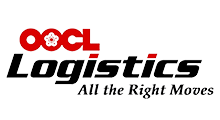





































Comments & reviews of our customers









